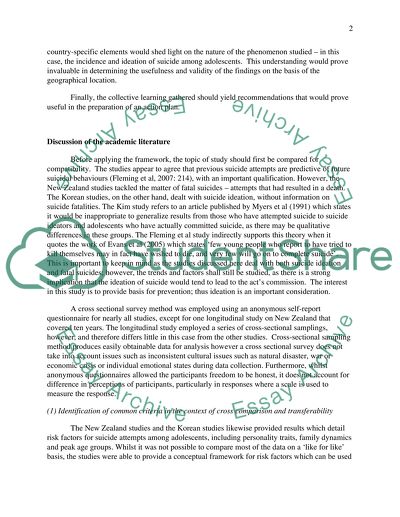Cite this document
(“Risk Factors Associated with Adolescent Suicide Essay”, n.d.)
Retrieved from https://studentshare.org/environmental-studies/1420335-a-comparative-analysis-of-risk-factors-associated
Retrieved from https://studentshare.org/environmental-studies/1420335-a-comparative-analysis-of-risk-factors-associated
(Risk Factors Associated With Adolescent Suicide Essay)
https://studentshare.org/environmental-studies/1420335-a-comparative-analysis-of-risk-factors-associated.
https://studentshare.org/environmental-studies/1420335-a-comparative-analysis-of-risk-factors-associated.
“Risk Factors Associated With Adolescent Suicide Essay”, n.d. https://studentshare.org/environmental-studies/1420335-a-comparative-analysis-of-risk-factors-associated.


